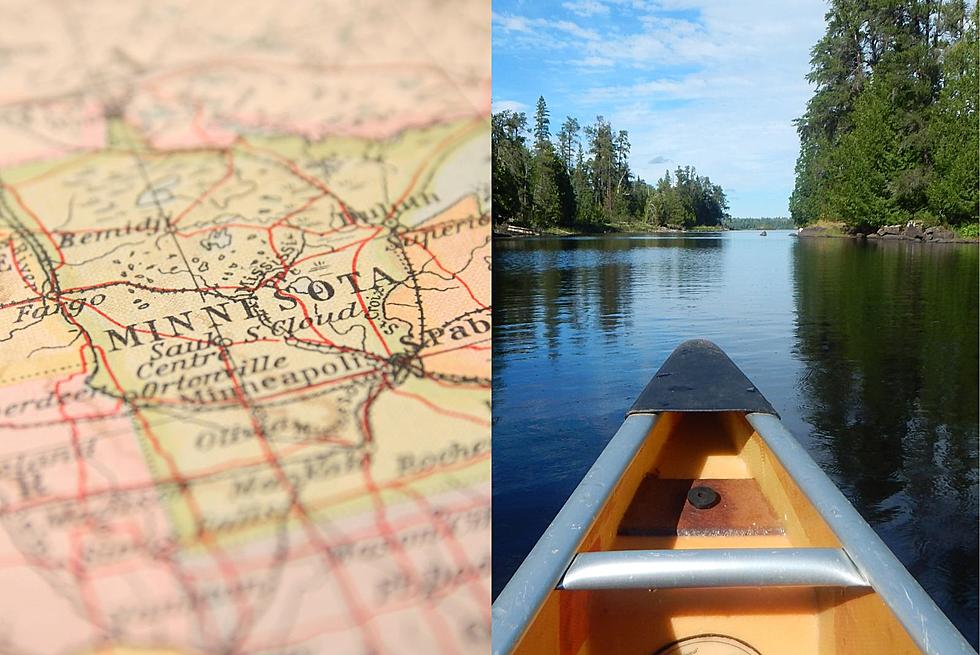
Why Are Storm Chasers in Iowa Talking About Gorilla Hail?
It seems that a new scary term has gained popularity among storm chasers in Iowa and other Midwest states. Not only are they warning about the dangers of tornadoes, but now we need to be on the lookout for 'gorilla hail'. Wait...what?
If you've never heard the term gorilla hail before, I'm with you. Where did this beastly term for huge hail come from? KCCI reports that the term was coined by Reed Timmer, a storm chaser who calls himself an extreme meteorologist. Some chasers have begun using the term to describe hail larger than 2 inches in diameter. We've all heard hail described in terms that we can visualize. Quarter-sized, golf ball-sized, or heaven forbid, tennis ball-sized hail. It can do extreme damage to your property.
But the photo of the hail you see above is even bigger. KCCI reports that the photo shows hail larger than 3 inches in diameter that fell near Mount Ayr, Iowa on April 26th. But amazingly, larger hail has fallen in Iowa. KCCI reports that hail measuring 5.5 inches in diameter was reported twice in 2004, in Story and Hancock counties. That is gorilla hail.
Spring storms bring numerous chances of hail to Iowa. KCCI reports that hail occurs most during the months of April, May, and June. Hail chances decline through summer and towards fall.
Want to keep up to date with the latest in local and music news? Download our app! It's completely free and not only will you be the first to know about breaking news, but we'll also keep you updated on concerts and other events coming to the area. Get the free app today.
LOOK: The most expensive weather and climate disasters in recent decades
Gallery Credit: KATELYN LEBOFF





